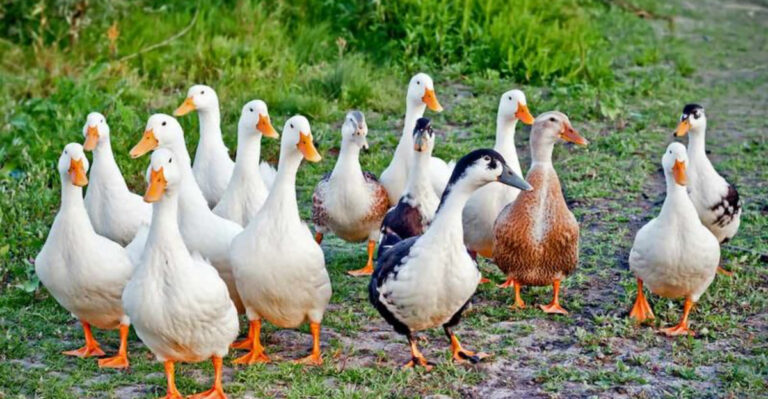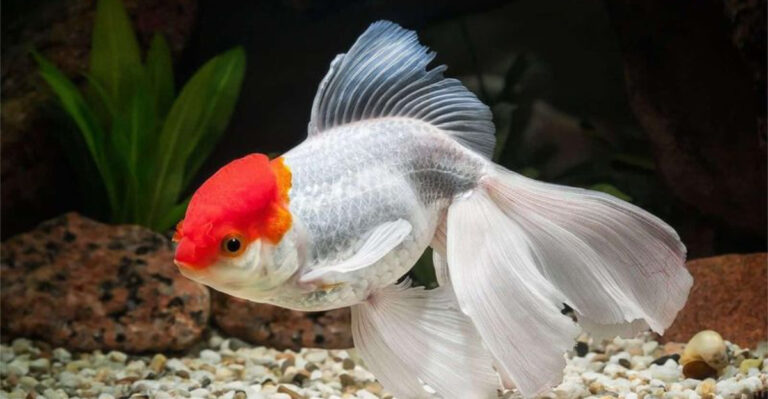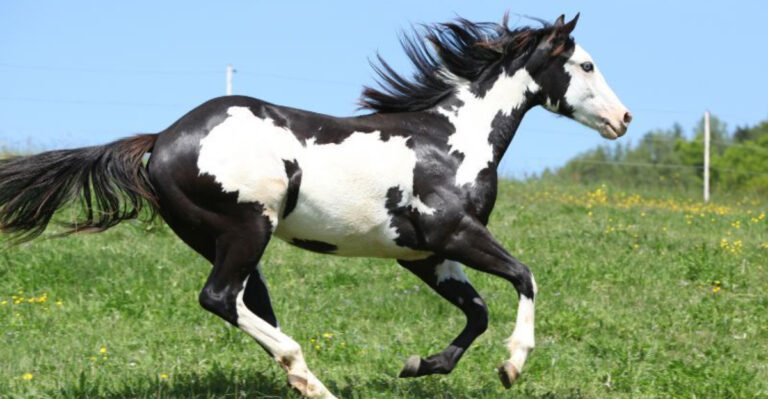10 Coldwater Fish That Don’t Require Heaters
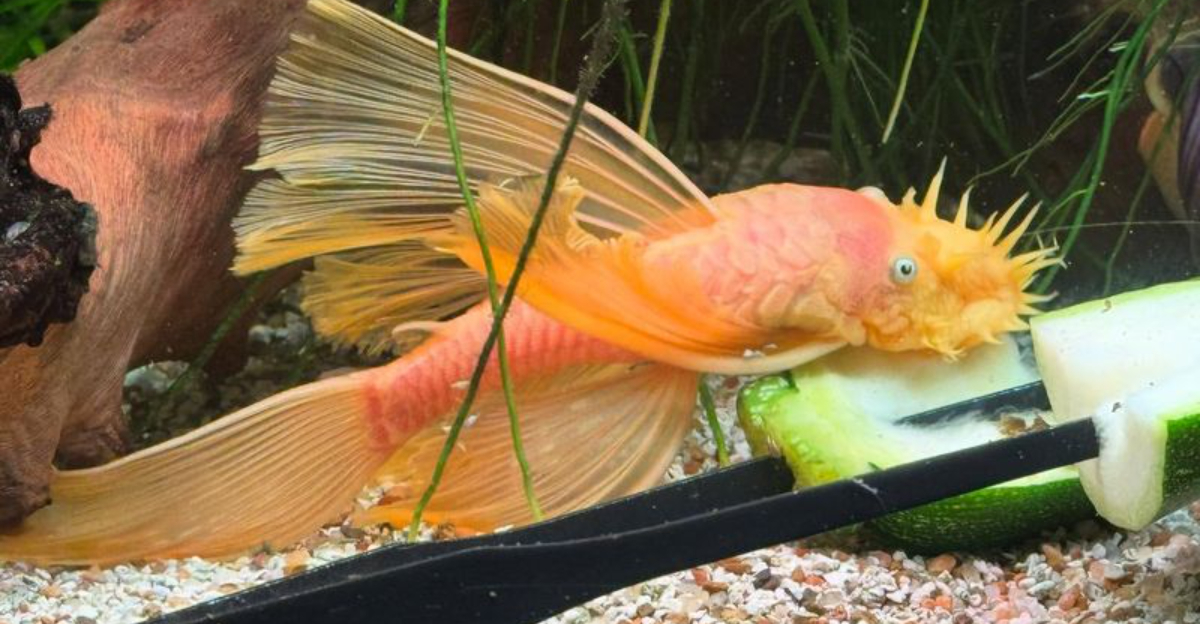
If you’re an aquarist without the luxury of a tank heater, don’t fret! There’s a world of vibrant and fascinating coldwater fish that can thrive without the extra warmth.
These aquatic beauties not only bring life to your aquarium but also make for a low-maintenance and budget-friendly hobby.
From the colorful splashes of goldfish to the unique patterns of white cloud mountain minnows, coldwater fish offer a diverse array of options for any enthusiast.
Here we explore wonderful coldwater fish that will make your aquarium a lively paradise without the hassle of maintaining a heater.
1. Goldfish
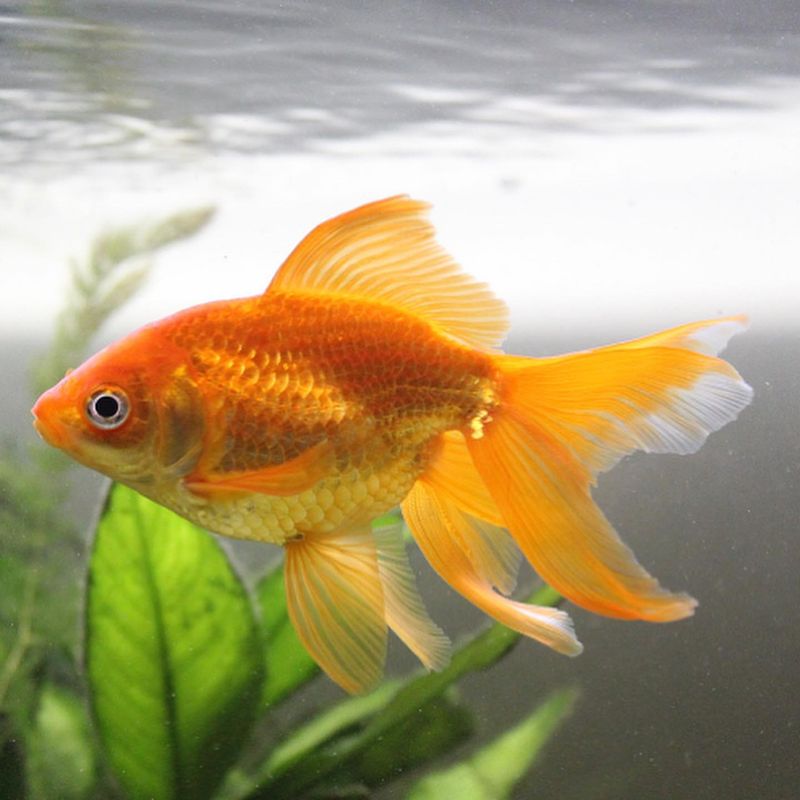
Goldfish are perhaps the most iconic coldwater fish, often recognized by their shimmering orange scales and elegant fins. Originating from East Asia, these fish have been selectively bred over centuries to produce a variety of stunning shapes and colors, from the classic comet goldfish to the ornate fantail.
Goldfish are social creatures, enjoying the company of their kind, and can grow quite large, sometimes reaching over a foot in length in optimal conditions.
These resilient fish thrive in well-maintained aquariums without the need for a heater, as they prefer cooler water temperatures. However, it’s crucial to provide ample space, as goldfish can be messy eaters, producing significant waste that requires effective filtration.
Their diet is versatile, consisting of flakes, pellets, and occasional treats like peas or bloodworms, ensuring they receive all necessary nutrients.
Goldfish can live for many years, with some even surpassing a decade, making them a long-term commitment for any aquarist.
Their engaging personalities and beautiful appearance make them a rewarding addition to any home aquarium, and with proper care, they can become cherished aquatic pets.
2. White Cloud Mountain Minnow
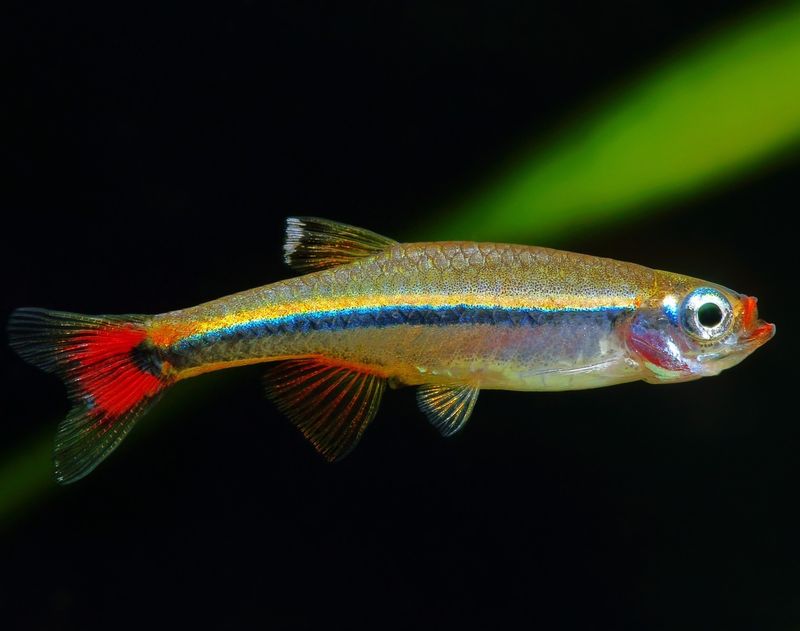
The white cloud mountain minnow is a lively and colorful fish, native to the mountain streams of China. Their sleek, silver bodies and vibrant red fins make them a captivating sight, especially when kept in schools.
These minnows are incredibly hardy, making them an ideal choice for beginners who may not have sophisticated equipment.
Despite their small size, white cloud mountain minnows are active swimmers, constantly darting around the aquarium in playful groups.
They adapt well to a range of water conditions and do not require a heater, thriving in temperatures as low as 60°F. Their peaceful nature allows them to coexist with a variety of other non-aggressive fish species, creating a harmonious aquatic community.
Feeding white cloud mountain minnows is a straightforward task, as they readily accept flake foods, micro-pellets, and live or frozen foods such as brine shrimp.
Regular feeding will keep them healthy and vibrant, showcasing their beautiful coloration. With proper care, these minnows can live for several years, providing endless enjoyment and a splash of color to any coldwater aquarium.
3. Bristlenose Pleco
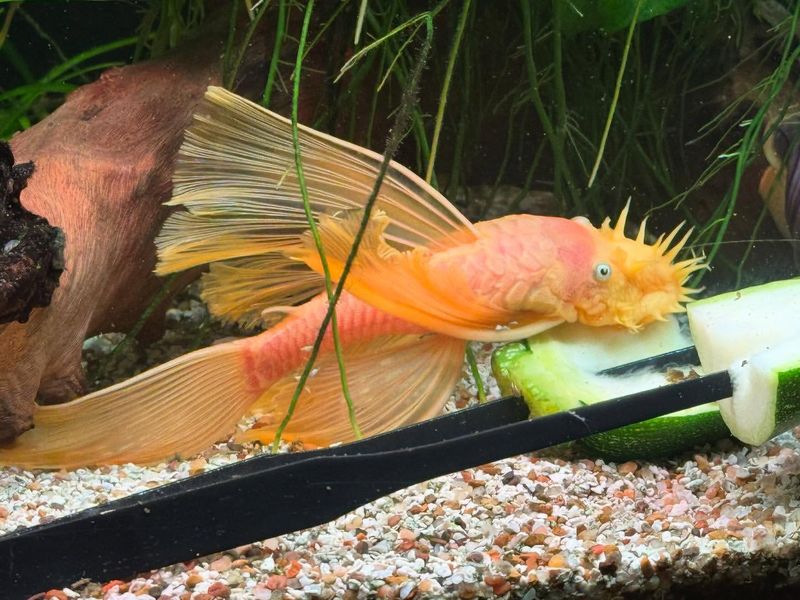
Bristlenose plecos are fascinating bottom-dwellers known for their distinctive appearance and algae-eating habits. These fish are easily recognizable by the bristle-like appendages on their noses, giving them a quirky and endearing look.
Originating from the rivers of South America, bristlenose plecos are well-suited to cooler water temperatures and can thrive in tanks without heaters.
These plecos are relatively small, usually growing to about 4 to 5 inches in length, making them suitable for moderately sized aquariums.
They are excellent tank cleaners, diligently scraping algae off surfaces with their specialized mouths. However, to supplement their diet, it’s important to provide algae wafers or fresh vegetables like zucchini or cucumber.
Bristlenose plecos are generally peaceful and can coexist with a variety of fish species. They prefer tanks with plenty of hiding spots, such as driftwood or caves, where they can retreat during the day.
These fish are nocturnal, becoming more active during the evening hours. With their intriguing appearance and beneficial cleaning habits, bristlenose plecos are a valuable addition to any coldwater aquarium setup.
4. Hillstream Loach
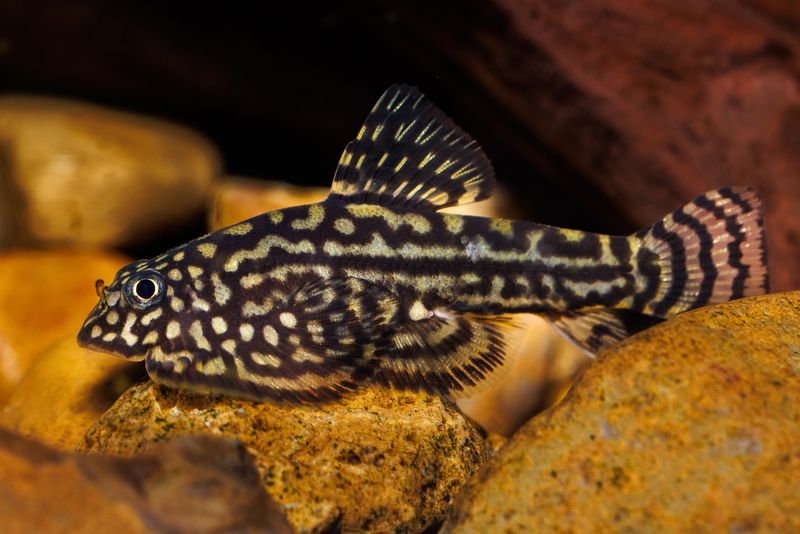
Hillstream loaches are extraordinary fish that bring a touch of the wild, flowing streams to your aquarium. With their distinctive flat bodies and beautiful patterns, these loaches are perfectly adapted to life in fast-moving waters.
They hail from the cool, oxygen-rich streams of Asia, making them a perfect fit for unheated aquariums.
These loaches are small, usually growing to about 2 to 3 inches, and are known for their unique ability to cling to rocks and surfaces with their specialized fins.
This adaptation allows them to thrive in tanks with strong currents, replicating their natural habitat. Hillstream loaches are peaceful creatures, often seen grazing on algae and biofilm, contributing to the cleanliness of the aquarium.
To keep hillstream loaches healthy, it’s essential to provide a tank with plenty of aeration and water movement. Their diet can be supplemented with algae wafers and sinking pellets to ensure they receive all necessary nutrients.
These loaches often exhibit fascinating behaviors, making them an intriguing subject for observation, and their presence can add an element of natural beauty to any aquarium.
5. Paradise Fish
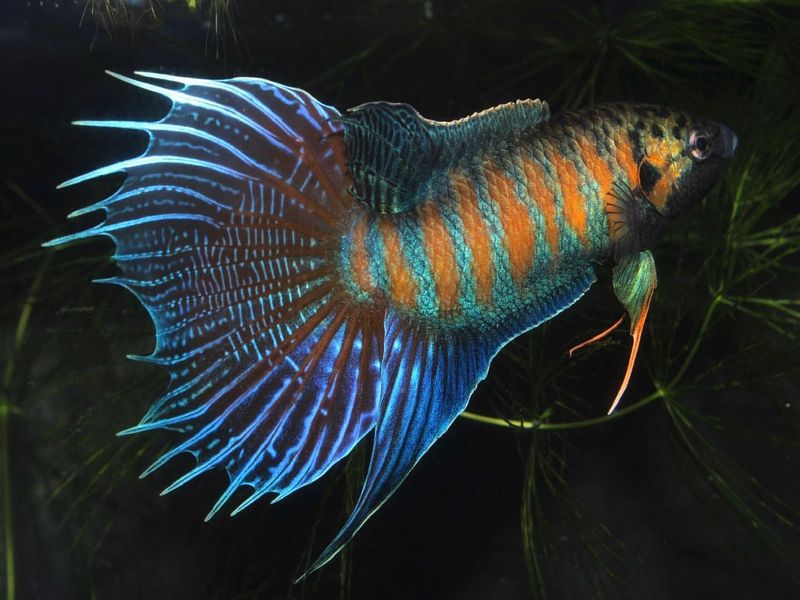
Paradise fish are among the most striking coldwater species, known for their vivid coloration and long, flowing fins. Originating from the cool waters of East Asia, these fish have been admired for centuries, often found in traditional gardens and ponds.
Their stunning blues and reds make them a focal point in any aquarium, and they thrive in cooler water temperatures without the need for a heater.
Despite their beauty, paradise fish can be territorial, especially during breeding times. It’s important to provide plenty of space and hiding spots to minimize aggression towards tank mates. They can coexist with other semi-aggressive species but should be monitored to prevent any conflicts.
Paradise fish are not picky eaters; they accept a wide variety of foods, from flakes and pellets to live or frozen options like bloodworms and brine shrimp.
Regular feeding and a varied diet will keep their colors vibrant and their health optimal. With their majestic appearance and dynamic behavior, paradise fish are a captivating addition to any coldwater setup, offering a blend of elegance and intrigue.
6. Dojo Loach
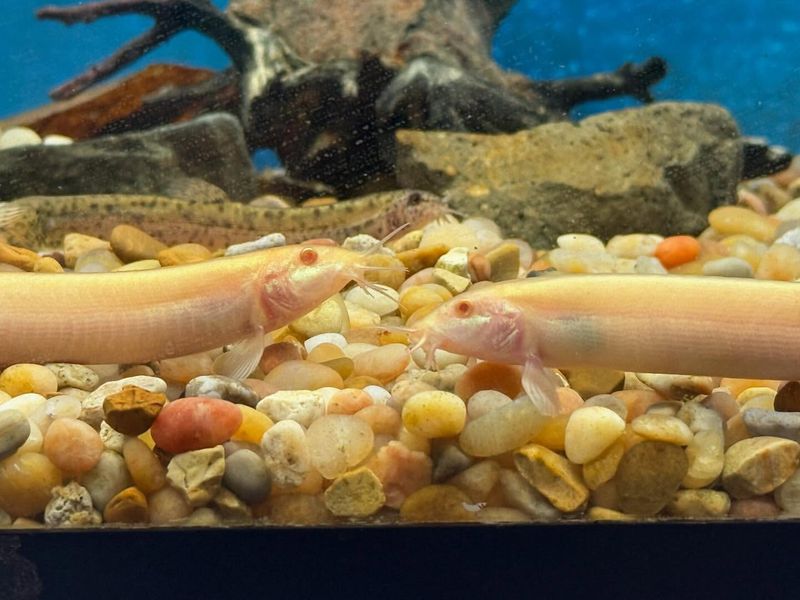
Dojo loaches, also known as weather loaches, are intriguing fish with a knack for predicting weather changes, hence their nickname.
These eel-like creatures are native to the cool waters of East Asia and are well-suited to unheated aquariums. Their long, slender bodies and gentle golden hues make them a unique addition to any tank.
Dojo loaches are known for their playful and active nature, often seen burrowing in the substrate or curling around objects.
They are social fish, thriving in groups, and can grow quite large, sometimes reaching up to a foot in length. Providing a spacious aquarium with plenty of hiding spots and soft substrate is essential for their well-being.
These loaches are easy to feed, accepting a range of foods including sinking pellets, live or frozen brine shrimp, and bloodworms.
Their behavior can be quite entertaining, making them a popular choice among aquarists. With their weather-predicting antics and engaging personalities, dojo loaches offer both charm and character to any coldwater aquarium, bringing a sense of movement and vitality.
7. Rosy Red Minnow
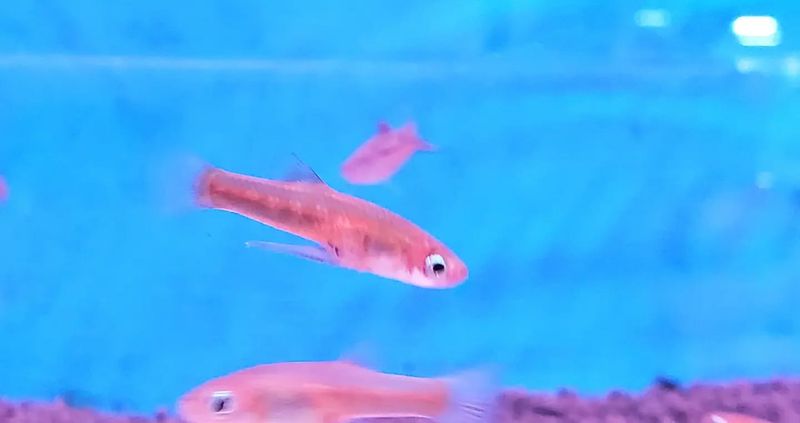
Rosy red minnows are popular coldwater fish, especially among beginners, due to their hardiness and vibrant color. These fish are not only easy to care for but also add a lovely splash of pinkish-red hues to any aquarium. Native to North America, they are often found in ponds and streams, thriving in cooler temperatures.
These minnows are social creatures, happiest when kept in schools, which allows their energetic and playful nature to shine.
They are active swimmers, constantly darting around the tank, making them a lively addition to any aquatic community. Their compatibility with a variety of other fish species makes them a versatile choice for mixed aquariums.
Feeding rosy red minnows is straightforward; they accept flake foods, small pellets, and live or frozen options like daphnia or brine shrimp.
Their diet should be varied to maintain vibrant coloration and overall health. With proper care, rosy red minnows can live for several years, providing endless entertainment and color to any coldwater setup, making them a delightful addition to both small and large aquariums.
8. Zebra Danio
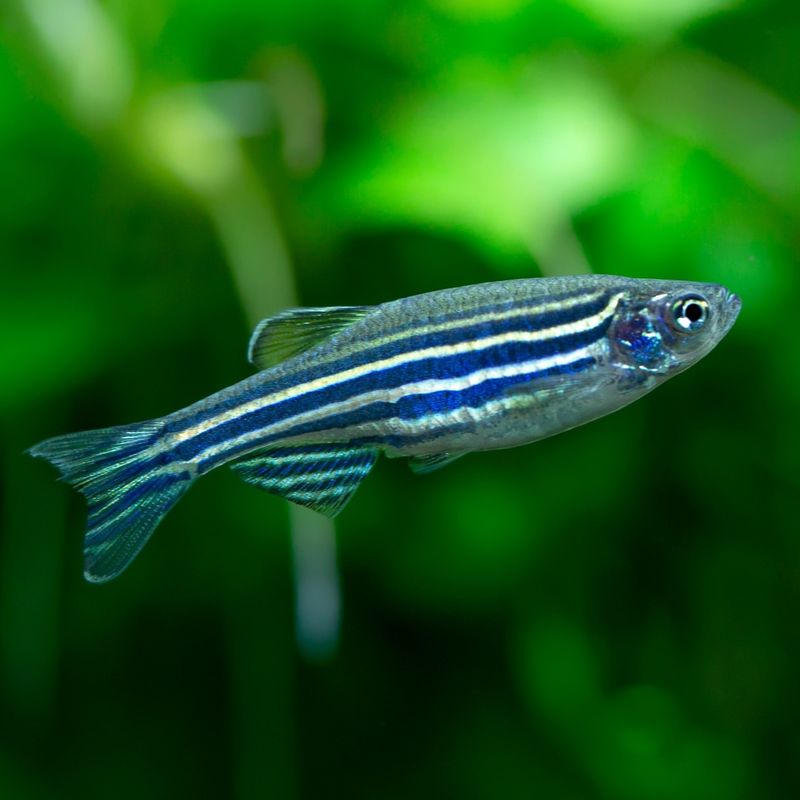
Zebra danios are a favorite among aquarists for their striking appearance and energetic behavior. These small, hardy fish are easily recognizable by their distinctive blue and silver horizontal stripes.
Originating from the streams and rivers of South Asia, zebra danios are well-suited to cooler water conditions, making them an excellent choice for unheated aquariums.
These fish are social and thrive in the company of their kind, often seen zipping around the tank in synchronized shoals. They adapt well to various water conditions and are compatible with a wide range of other fish species, enhancing the diversity of any aquarium community.
Feeding zebra danios is a breeze, as they eagerly accept flake foods, micro-pellets, and occasional live or frozen treats like bloodworms. Their lively nature and bold patterns make them a popular choice for both beginner and experienced aquarists.
With proper care and a well-maintained environment, zebra danios can live for several years, adding a dynamic element of movement and color to any coldwater aquarium setup.
9. Cherry Barb
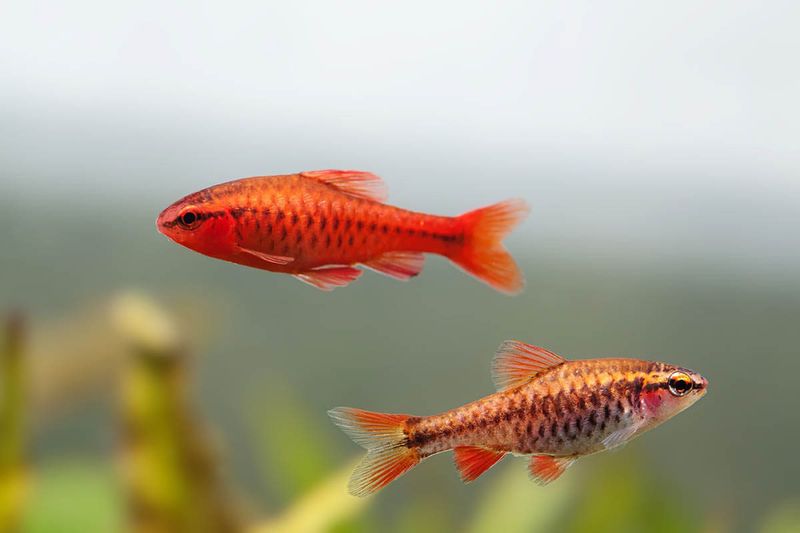
Cherry barbs are delightful fish known for their striking cherry-red coloration and peaceful demeanor. Originating from Sri Lanka, these barbs are well-suited to cooler water temperatures, making them a great choice for unheated aquariums. Their vibrant hues bring a warm and cheerful splash of color to any tank.
These fish are relatively small, growing to about 2 inches in length, and prefer to be in groups, which helps bring out their natural behaviors and reduces stress. Cherry barbs are peaceful and can coexist with a variety of other non-aggressive species, making them ideal for community tanks.
Feeding cherry barbs is simple, as they are not picky eaters. They readily accept flake foods, small pellets, and live or frozen options like brine shrimp.
A varied diet will keep them healthy and their colors vibrant. With proper care, cherry barbs can live for several years, offering a delightful addition to any coldwater setup, where their energetic swimming and vivid colors can be fully appreciated.
10. Mosquito Fish
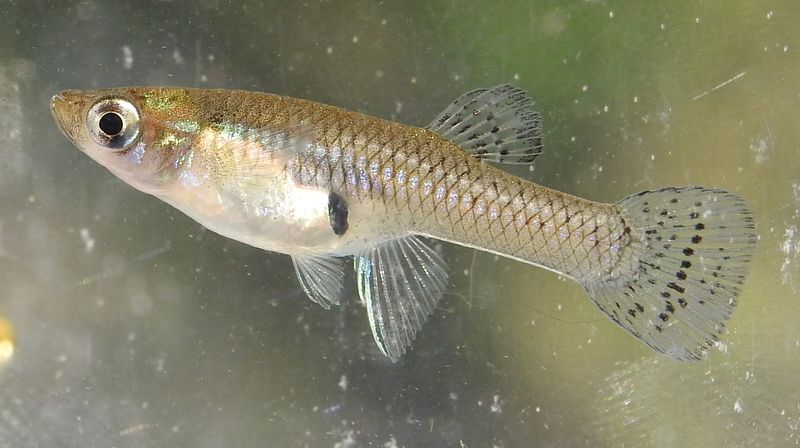
Mosquito fish are small, resilient fish known for their ability to thrive in various environments, including those without heaters. Native to North America, they have gained popularity for their role in mosquito control, as they feed on mosquito larvae, making them beneficial for outdoor ponds as well.
These fish are modest in appearance, with a streamlined body and subtle grey coloration. Despite their size, they are hardy and can withstand a wide range of water conditions, often adapting to environments that other fish cannot tolerate.
Mosquito fish are livebearers, meaning they give birth to live young, which can quickly increase their population in a given habitat.
Feeding mosquito fish is hassle-free; they accept flake foods, small insects, and algae-based options. Their adaptability and low maintenance requirements make them an excellent choice for beginners and those looking to control mosquito populations naturally.
With proper care, mosquito fish can live for several years, offering both ecological benefits and an easy-going addition to any coldwater aquarium.

